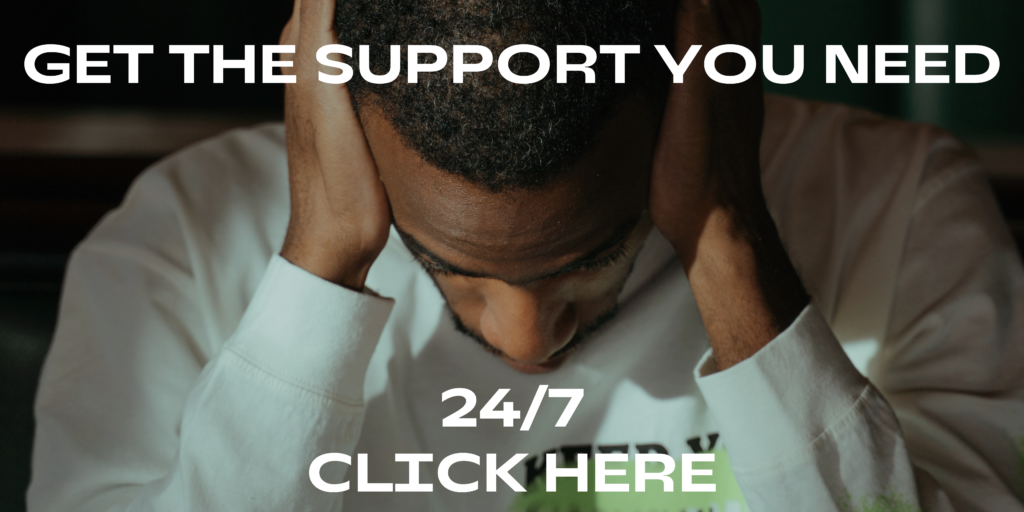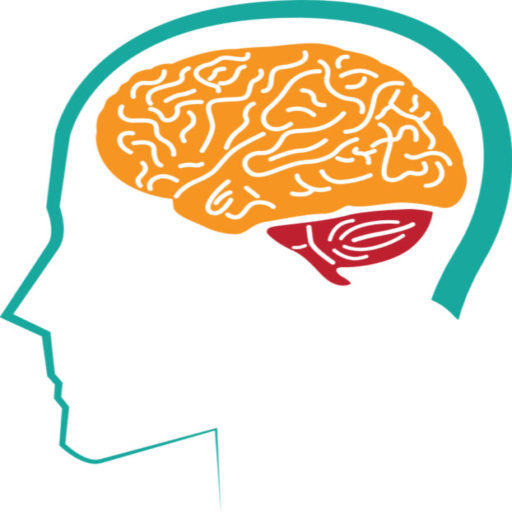The Fear of Climbing
Climacophobia, or the fear of climbing, is a rare phobia. Climacophobia is an unusual phobia, acrophobia, a dread of heights, bathmophobia, and anxiety about stairs and slopes. These are considered unusual phobias.
What Are The Causes?
Climbing may not be a pleasant experience, and you do not have to suffer from this dread personally. If you see an accident on stairs or have a family member terrified of climbing, you are more likely to become afraid of it. After watching someone on television or in a film get injured while climbing, some individuals develop climacophobia. There is a possibility you won’t have to experience this adversity personally. You may be more inclined to fear stairwells or have a loved one terrified of climbing if you witness an accident or suffer from climacophobia yourself. Some individuals become afraid of heights after seeing someone on television or in a film having an accident while climbing.
You are more likely to develop climacophobia if:
-You have ever fallen down the stairs
-You have ever had a panic attack while climbing
-You have ever had difficulty finishing a big climb
What Are Symptoms?
Climacophobia symptoms are typically involuntary and uncontrollable, with people behaving as though they have lost control of their thoughts, which frequently leads to desperate measures taken to avoid the dreaded thing or situation, also known as “Safety” or “Avoidance” actions.
Unfortunately, however, these safe actions have the unintended consequence of reinforcing rather than reducing the phobia! Fear of Climbing may be the consequence of unpleasant emotional events that can, in turn, be linked either directly or indirectly to the thing or circumstance of fear.
The symptoms of Climacophobia are frequently “normalized” and “embraced” according to the afflicted person’s life. “I’ve gotten used to it.” Climacophobia may worsen over time as more complex safety routines, and patterns develop. The good news is that most of those who suffer from the dread of Climb can benefit significantly from psychological therapy.
You may have Climacophobia if you experience these symptoms while climbing or attempting to climb:
- Sweating Excessively
- Panic attack
- Aches & pains
- Breathlessness
- Feelings of dizziness
- Inability to Relax
- Prickly sensation
- Dry and Sticky mouth
- Panic attacks
- Palpitations
- Sweating Excessively
Climacophobia May Not Be The Problem
Climacophobia can cause dizziness when climbing up a ladder and then looking down. Vertigo is a medical condition, whereas illynghobia is the fear of vertigo. Because many individuals have more than one issue, it’s challenging to determine which state caused your anxiety attacks. Consult with a mental health professional to discover the source of your phobia symptoms.
Vertigo symptoms include:
- Nausea
- Dizziness
- Vomiting
- An unsteadiness or loss of balance
- Dizziness or sense that you are spinning or moving
Treatment
There are several different treatments available for Climacophobia.
Cognitive-Behavioral Therapy (CBT):
You will learn how to control your negative ideas about climbing and replace them with more good self-talk in this form of therapy. You’ll also practice changing your actions. Changing your actions might entail setting yourself small, reachable objectives and praising yourself when you achieve them. You will begin to notice your abilities and talents improve due to this type of self-reinforcement, which will help reduce your anxiety while climbing.
Medications:
Medications can also help manage the physical symptoms associated with this condition. Some common medicines for climacophobia include antidepressants like selective serotonin reuptake inhibitors (SSRIs) or anti-anxiety medications like benzodiazepines.
Relaxation Therapy:
Relaxation therapy is a type of treatment that may help people with Climacophobia. This therapy focuses on using techniques like deep breathing and progressive muscle relaxation to reduce feelings of anxiety and stress.
By learning these techniques, people with this phobia can learn to manage better the physical symptoms they experience when faced with an irrational fear of steep stairs. These techniques may include visualization exercises, meditation, yoga, or other activities that promote calmness and relaxation.
Practicing these methods makes it possible to lower anxiety levels and improve coping skills concerning Climacophobia. Overall, relaxation therapy is an effective tool for managing psychological symptoms related to this condition.
Hypnotherapy:
Hypnotherapy can be an effective treatment for climacophobia, as it can help break the cycle of fear and avoidance. Hypnotherapy can also help address the underlying causes of the phobia, such as fear of falling or feeling out of control. By working with a qualified hypnotherapist, you can learn how to manage your anxiety and regain confidence.
If you have been diagnosed with climacophobia, it is vital to seek help as soon as possible. With proper treatment, you can learn to manage your fears and live everyday life without experiencing debilitating anxiety whenever you encounter a step or ladder. Talk to your doctor today about the available treatments for this condition so that you can find the right solution for your unique needs.

